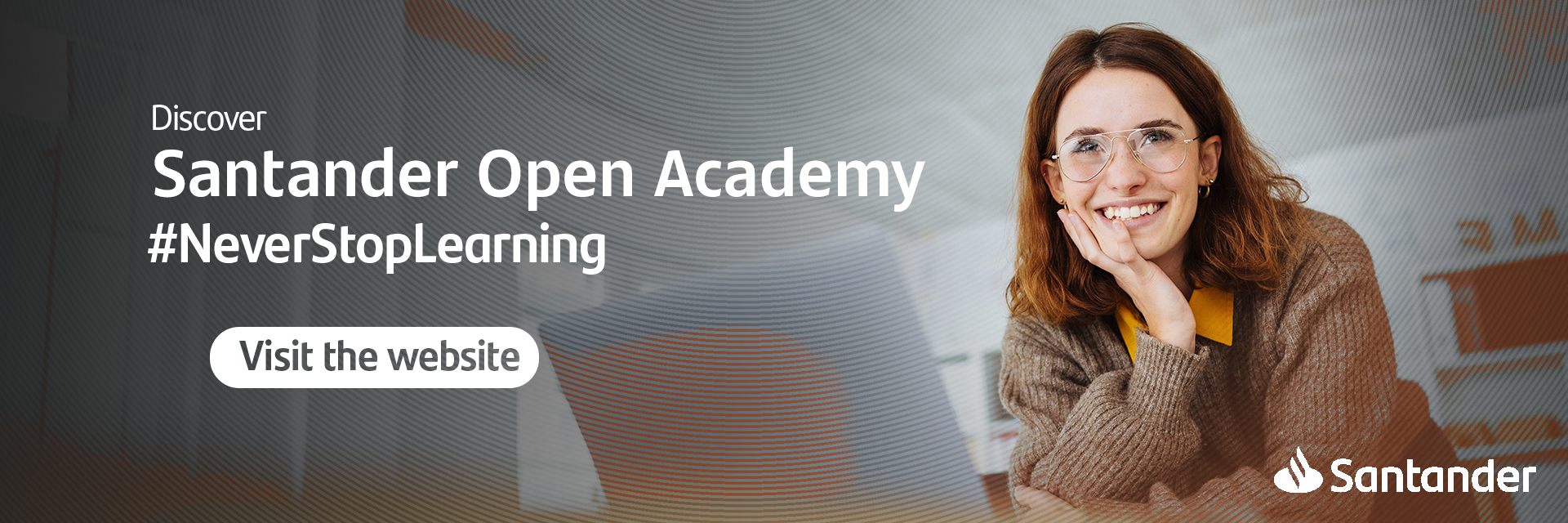What is product bundling? Examples and how is it used in Sales & Marketing
Did you know that, according to Forrester, companies only have two attempts to reach a potential customer? For this reason, creating an offer that makes an impact is essential if you want to capture attention and close sales.
With this in mind, understanding and harnessing sales techniques such as product bundling is an essential way to increase the competitiveness of offers and thus increase sales opportunities. But do you know what product bundling is, examples and the advantages it offers? Below, we explain all about this increasingly common strategy in the marketing sector, which helps to increase the average transaction, as well as boost customer satisfaction.
What is product bundling in marketing?
Product bundling is a term used in sales and marketing to refer to the grouping of several products into a single package, to be sold together. Here, a highly attractive main product is sold along with other complementary ones, offering better overall value since the final price is cheaper than what you would pay for each item separately.
It's a common sales strategy used in many sectors thanks to its potential to attract and retain customers. Ultimately, the main aim is to offer greater value to the customer at a lower price.

Types of product bundling
Now that you know what product bundling is, it is essential to understand the different product groupings that can be devised. Here, there are two broad types of product bundling:
Pure bundling: a unique package that groups together several products from the same category and includes exclusive items that can't be purchased individually. This is an appealing way of selling in which the scarcity factor comes into play.
Mixed bundling: the products included in such a package can also be purchased individually. In this case, the main attraction is the price, as well as the utility of the package put together.
Product bundling examples
While reading the explanation of bundling, a few real-life examples that you've come across before probably already came to mind. Either way, to help you better grasp the concept, below are a few product bundling examples:
Perfumes and cosmetics: it's common to design bundles that see complementary products such as perfumes, deodorants, creams, shaving products, makeup, etc. grouped together.
Similarly, at some gyms, they offer packages that include membership, fitness classes and a personal trainer.
Video Games: when consoles are released, manufacturers such as Sony and Microsoft tend to sell them together with one or two controllers and/or games. Meanwhile, video game launches often employ pure bundling techniques in order to create editions with exclusive collectors’ items that can only be obtained by these means.
Online training: many online course providers like to design bundles of complementary courses at a lower price than they would sell for individually. They usually also offer extra or exclusive content for free.
Food: recently, supermarkets have been designing staple product packages that help their customers reduce the total price of their shopping basket.
This technique can also be seen in action at fast-food restaurants, where meal deals are sold cheaper, with a main meal, sides and a dessert at a reduced price. For example, have you ever had a Happy Meal?
Technology: some tech brands offer product bundling, for example, you can access several services from the same company. In this sense, Amazon Prime includes fast and free shipping, as well as access to Prime Video or Prime Music for an annual fee.
Advantages of product bundling
As you can see from the product bundling examples, this strategy offers many advantages to both customers and the businesses themselves. Among these, the following are of note:
Increased average transaction value: one of the main objectives of this strategy is to increase the average customer transaction value. Despite the total profit being lower when compared to individual sales of the same products, it’s possible this margin would not be achieved if the joint offering wasn't available.
Release of stock: another advantage of product bundling is that shops can include products with low sales in these packages. This allows them to off-load products with a large accumulated stock and low demand.
Optimised shipping costs: in the case of ecommerce, all of the products can be included in a single shipment, reducing shipping costs and environmental impact in the long run.
Customer satisfaction: the customer acquires a set of useful products at a reduced price. This not only means savings - it can also facilitate decision making and the discovery of new products.
Attracting new customers: product bundling is an example of ways to attract new customers, as such packages make attractive buys that are difficult to match or find in other stores.
Competitiveness, brand and loyalty: offers of this type give a competitive edge over the competition. Meanwhile, if the clients are happy, they will become return customers who help grow the business.

How product bundling works
Creating a bundle is relatively straight-forward and any business can put it into practice. However, designing an effective package that offers great results may prove to be more complicated. Outlined below are a few tips to help you out:
Identify your customers' needs: think about the needs of your customers and what kind of products might be more appealing to buy together.
Group complementary products: track which products your customers tend to buy together and try to group any that are complementary.
Create packages that add value: avoid including products that don't fit into the concept of your bundle. While it may be tempting to include products with excess stock, if they're not connected in any way, they won't be appealing.
Balance profit with savings: though there are many product bundling examples available, you should keep in mind that one of your main goals is to design a package that includes products with a decent profit margin and that, at the same time, translate into good savings for customers.
Monitor your competition: taking a good look at your competitors' strategies can be a good source of inspiration. But don't copy; instead, always aim to improve on what they offer.
Innovation and creativity: being creative and innovative is often the best way to get noticed. Design original product bundling examples that grab the attention of your target audience.
Product giveaways: an extra twist with this technique is to give products away, whether they're low-cost or by balancing the profit margin. The words "free” and "gift” are extremely effective.
Promote your bundles: there's no point creating enticing bundles if your customers are unaware of them. Promote your offers using digital marketing strategies or eye-catching posters.
Thanks to our overview with product bundling examples, you will have realised this technique is a great way to attract customers and increase the profitability of a business; hence the importance of mastering this kind of strategy to increase sales, customer satisfaction and brand competitiveness.
However, to continue to stand out in today's labour market and leverage strategies like this one, it's vital to continue learning and remain up-to-date with current trends. In fact, it’s key for professionals to acquire the necessary tools to adapt to the ever-changing present environment and to satisfy the shifting tastes of clients.
Do you want to develop professional skills that will help you access better job opportunities? Discover Santander Open Academy, the training space you need to keep growing.
Join our global platform for learning and professional development and access courses at zero cost, training content in a wide range of formats and scholarships from leading universities and institutions.
If, like us, you believe that we should never stop learning, sign up here and find out what we have for you!
Más posts interesantes que leer...
-

-
 29/09/2025 | Santander Universidades
29/09/2025 | Santander UniversidadesLearning English: the key to better job opportunities
Card text


